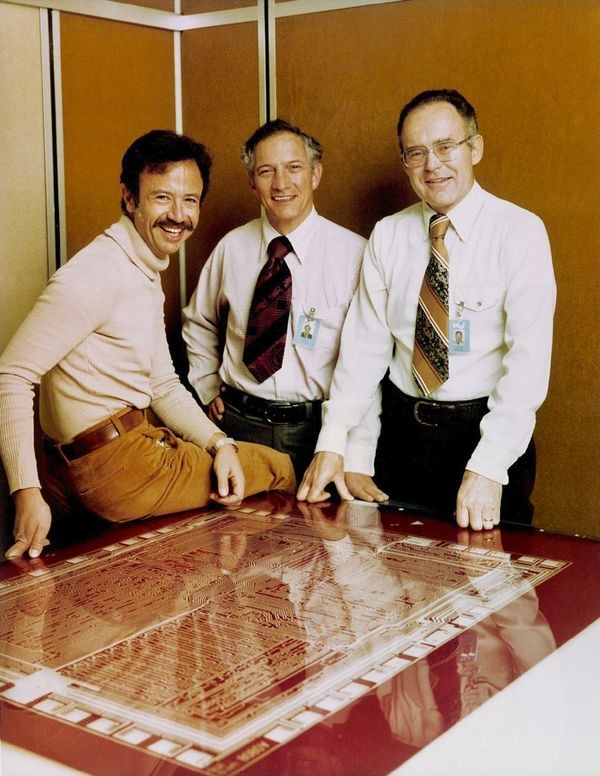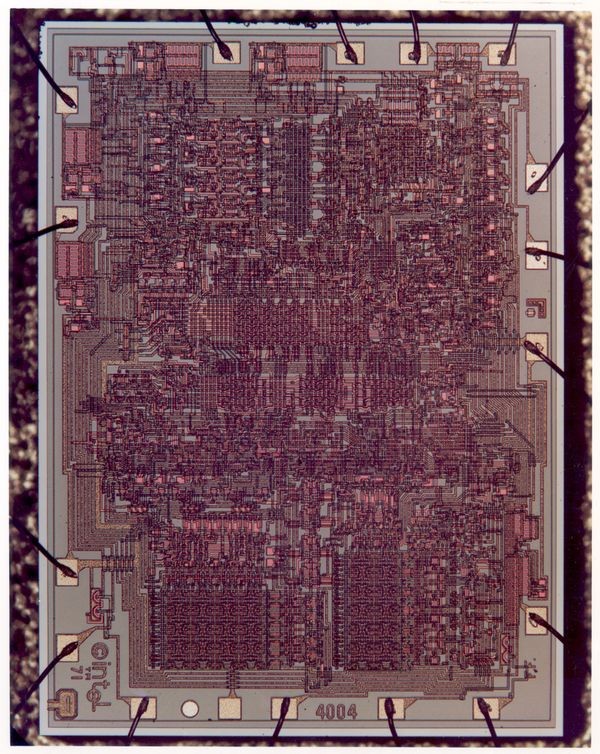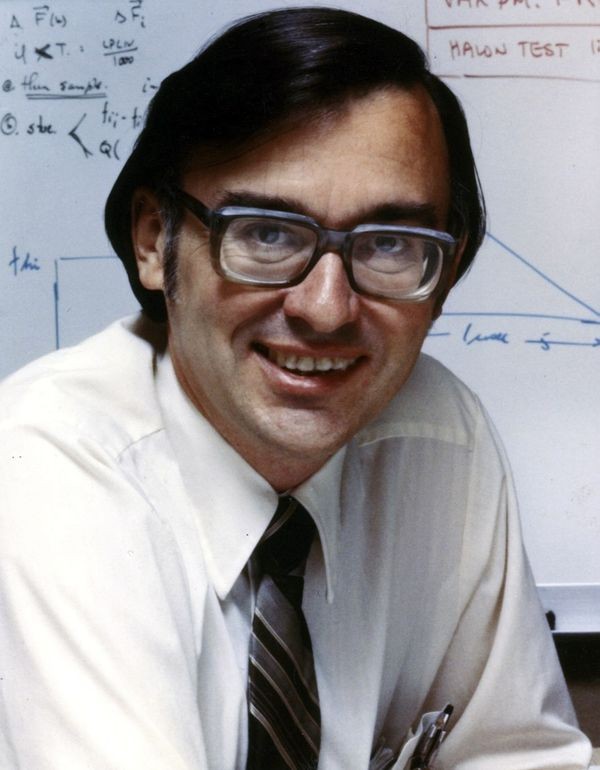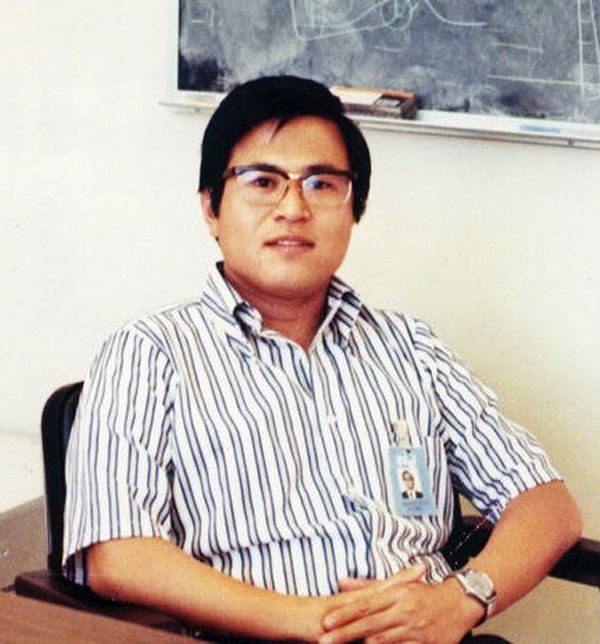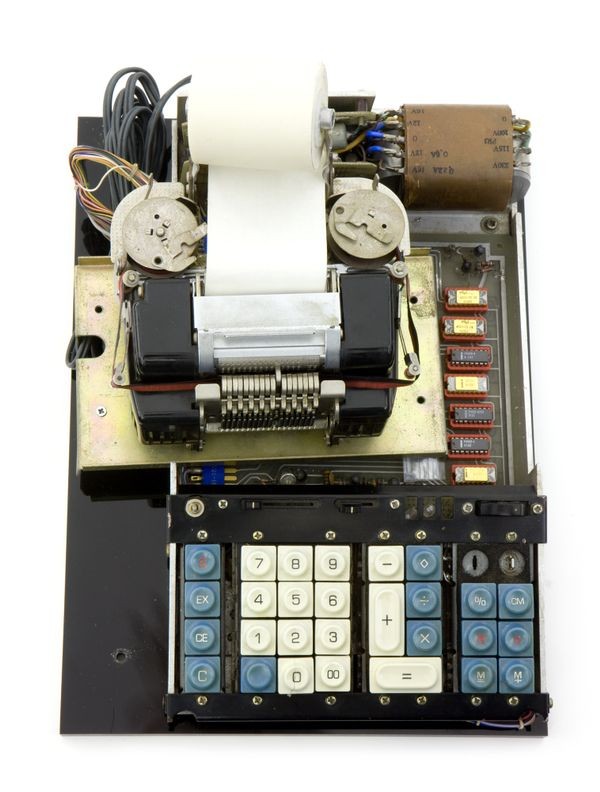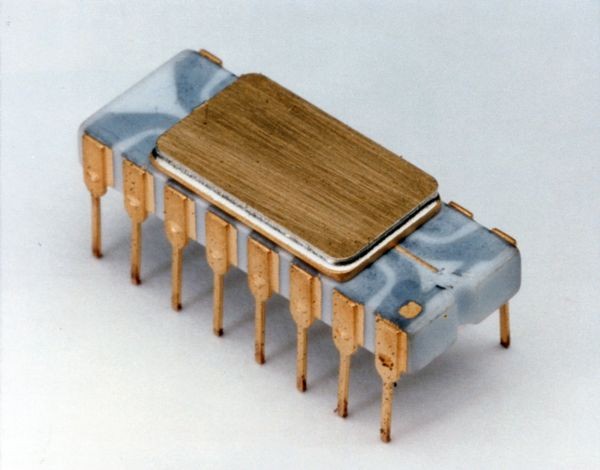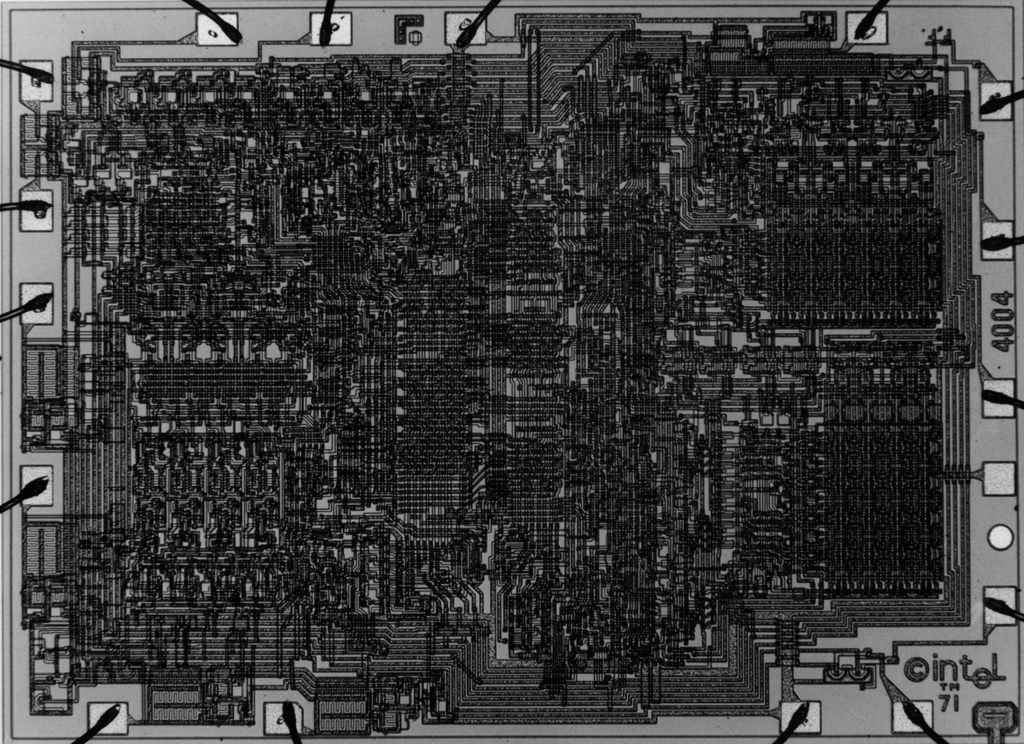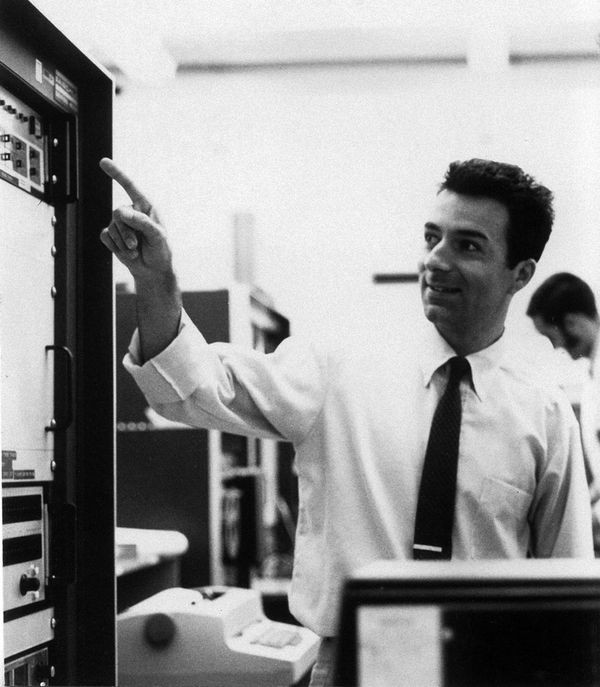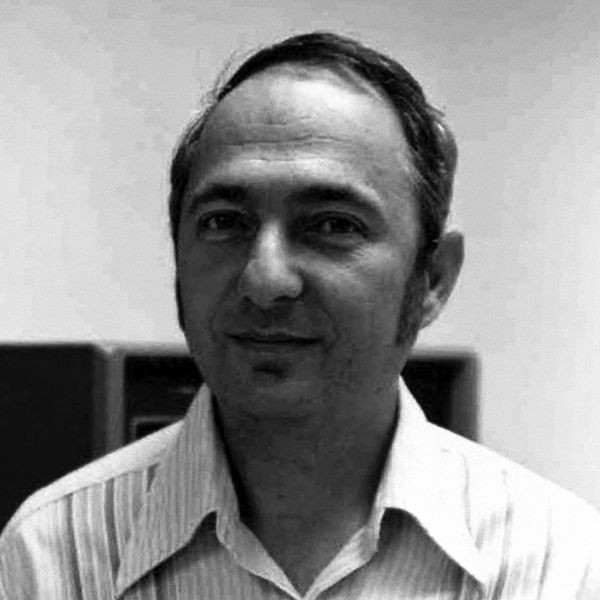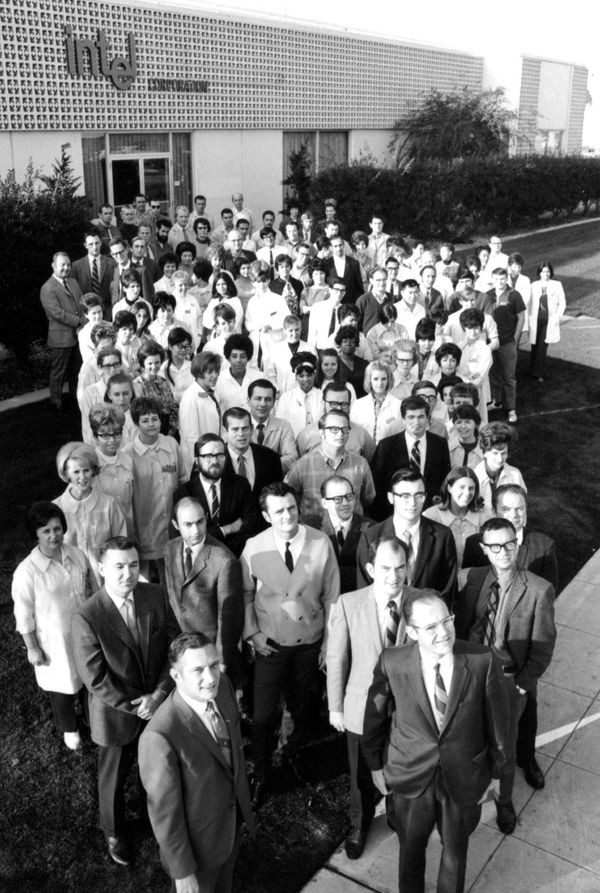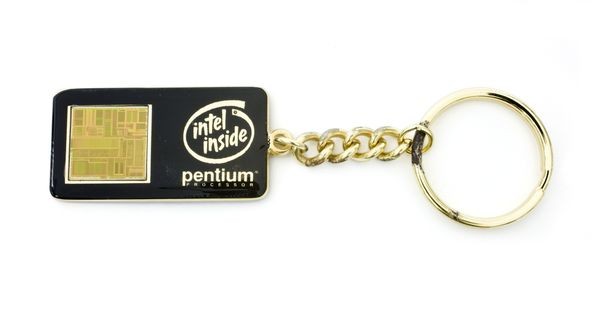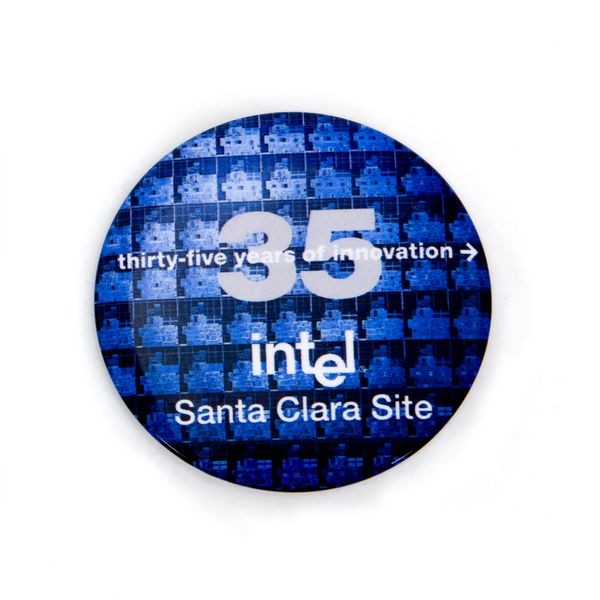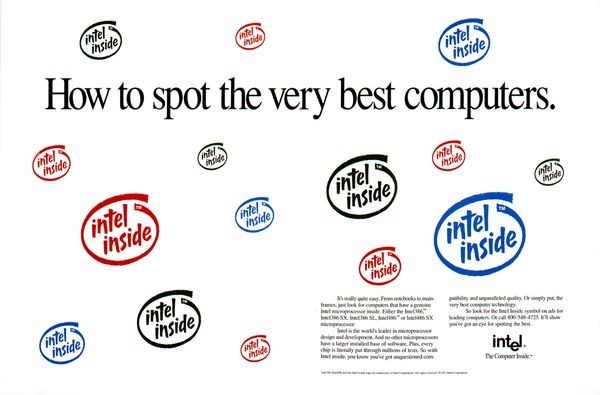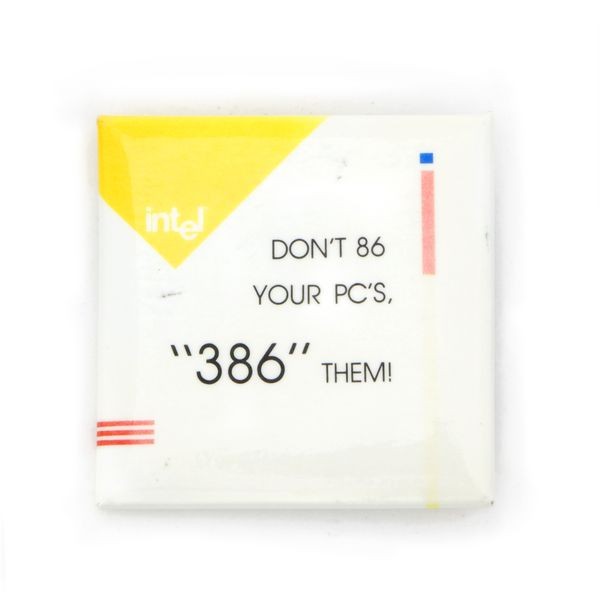Intel's Microprocessor
Intel founders with Andrew Grove
Andrew Grove, Robert Noyce and Gordon Moore pose behind a mask design of the 8080 microprocessor in 1978.
The Intel 4004
Commercial success rests on the ability to develop new technology… and the vision to recognize its potential.
When a customer requested custom ICs for its new calculator, Intel’s Ted Hoff proposed an alternate solution: a general-purpose 4-bit computer on just four chips. Federico Faggin adapted the company’s MOS memory technology to squeeze the 4004 microprocessor’s 2,300 transistors onto a single chip.
Intel, seeing the potential for sales to other customers, secured marketing rights. They introduced this groundbreaking microcomputer chip family to the world in 1971 as the MCS-4 Micro Computer Set.
Intel 4004 CPU MCS-4 microcomputer set
The 4004 chip was manufactured on 2-inch diameter, p-channel silicon gate MOS technology wafers with a die size of 12 sq mm and minimum line width of 10 microns.
View Artifact DetailMarcian E. "Ted" Hoff, Jr.
Ted Hoff joined Intel from Stanford University in 1968. He led architectural definition of Intel’s first microprocessor products.
View Artifact DetailMasatoshi Shima
Masatoshi Shima worked for Busicom Corporation in Japan. In 1970 he was assigned to assist Federico Faggin on the 4004 chip design.
View Artifact DetailBusicom 141-PF Printing Calculator Engineering Prototype, 1971
This engineering prototype was the successful test bed for the first commercial application of the Intel 4004 microprocessor. The prototype, shown with all four members of the MCS-4 family visible, was presented to Intel project leader Federico Faggin by Busicom president Yoshio Kojima.
View Artifact DetailIntel 4004 initial package style
The 4004 CPU is mounted in a gold top, 16-pin, dual-inline package (DIP).
View Artifact DetailFederico Faggin
Federico Faggin was born and educated in Italy. He joined Intel in 1970, where he was the principal designer and the project leader of the MCS-4 chip set.
View Artifact DetailStanley Mazor
After joining Intel in 1969, Stan Mazor worked for Ted Hoff developing architecture specifications for the 4004 and 8008 microprocessors.
View Artifact DetailIntel’s first microprocessor advertisement
This advertisement for the first commercially-available microprocessor appeared in Electronic News in November 1971.
View Artifact DetailThe Chip Champ: Intel
Consumers generally buy products with little thought to who made the individual components inside. Intel changed that equation in 1991 with its bold “Intel Inside” campaign, making the company a household name.
Founded in 1968 by Fairchild Semiconductor alumni Robert Noyce and Gordon Moore, Intel (Integrated Electronics) began making semiconductor memory chips, then focused on microprocessors when Japanese companies surpassed it in memories.
Intel’s ultimate dominance as the largest chipmaker, along with Microsoft’s as the leading PC software company, reshaped the industry from vertical (each company making everything) to horizontal (specialists making each element).
Intel's first 106 employees
Intel’s first 106 employees gather in front of the company’s first headquarters on Middlefield Road in Mountain View, California.
View Artifact DetailIntel keychain
The Pentium chip in this keychain was from a batch of ICs rejected because of a subtle error in their design—the “FDIV Bug—a defect that inspired widespread criticism of Intel. On the back of the keychain are these words from Intel CEO Andy Grove: "Bad companies are destroyed by crises; Good companies survive them; Great companies are improved by them."
View Artifact DetailIntel button
A button celebrating Intel’s 25th Birthday at its Santa Clara facility.
View Artifact Detail"Intel Inside" advertisement
The unique and highly successful “Intel Inside” campaign created brand loyalty for a component that few consumers had ever seen and even fewer understood.
View Artifact DetailIntel button
This button promotes Intel’s single-sourced i386 over its competitors’ x86 processors.
View Artifact DetailRelated Content
Learn more about early Intel microprocessors
Microprocessor integrates CPU function onto a single chip
40th Anniversary of Intel’s Microprocessor
